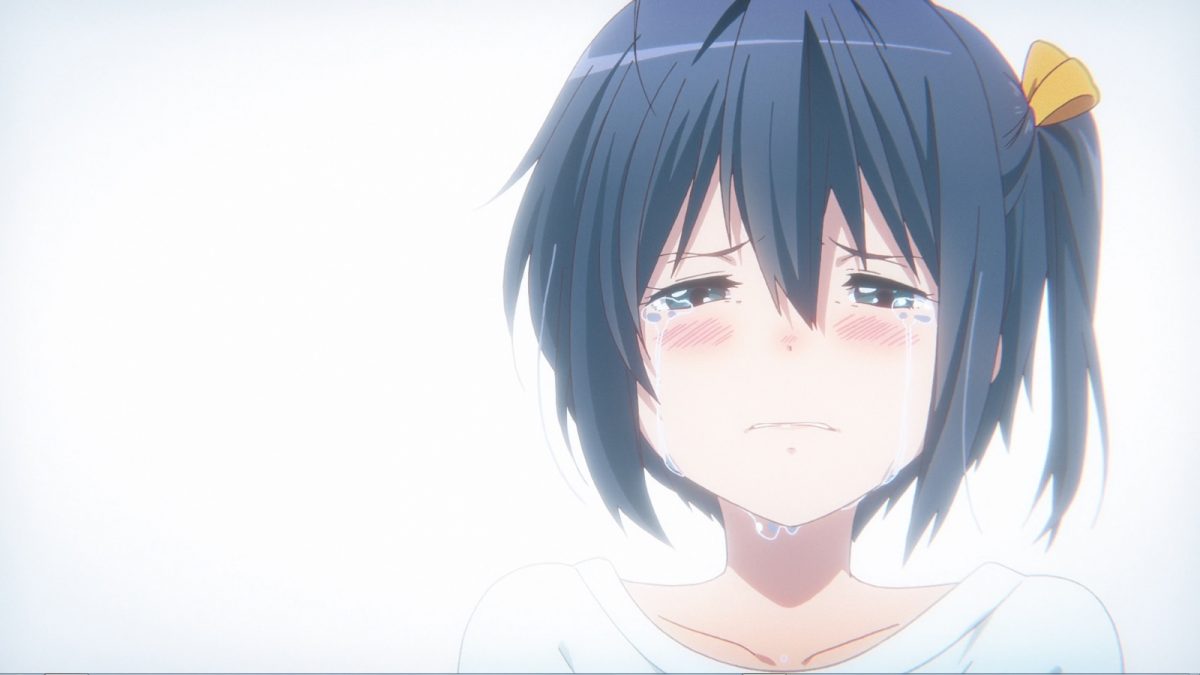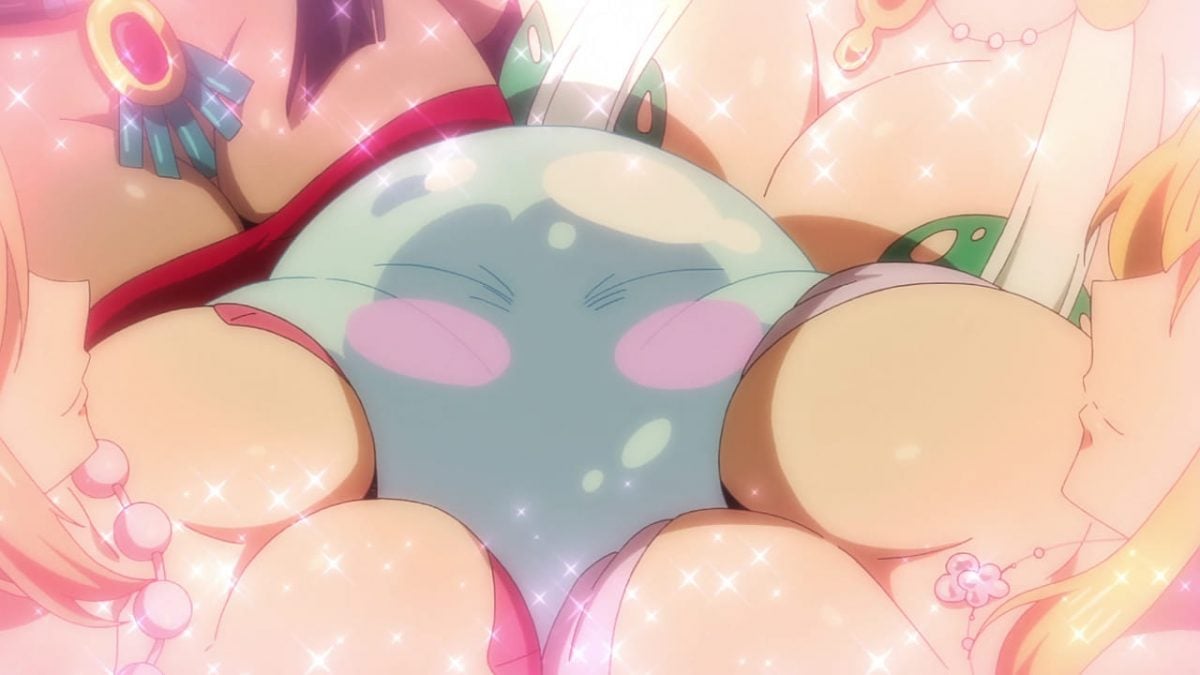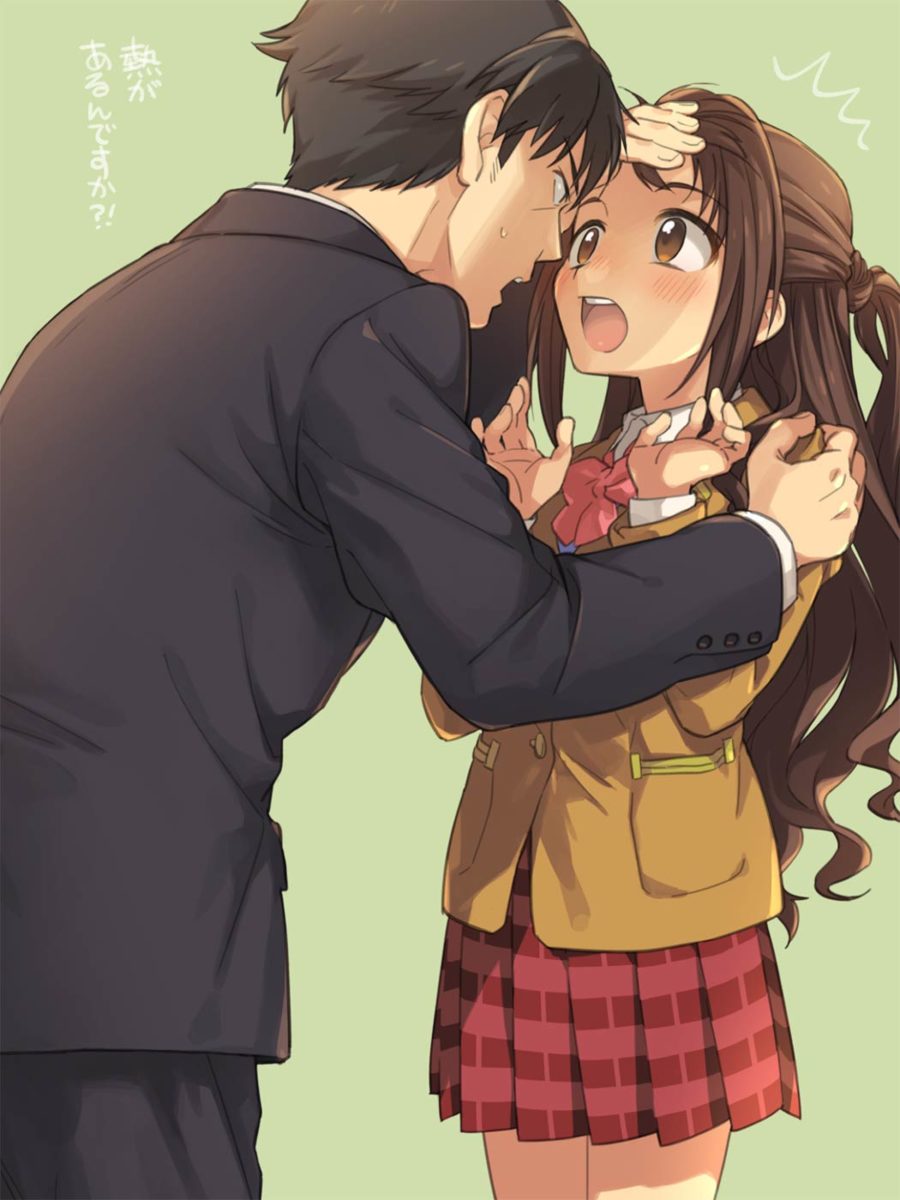Each language is special, with its own set of interesting features. Romance languages, for example, have nouns that come in male and female genders, which can be difficult for native English speakers to pick up — why is a pen la puma but a pencil is el lapiz? In Japanese, there are some interesting features, too. As I often point out here, the subject and object are sometimes left off of sentences if the speakers know what is meant. Thus a girl might say to her friend “Iku?” which literally means “Go?” Who is going, and where are they going, and when are they going, are all implied (let’s head out to lunch now). Another interesting aspect of the language is keigo, or formal polite language, which splits some verbs into “exhaulting,” for use when referring to someone you want to show respect to such as an honored guest or your boss, and “humble,” used to lower yourself or your organization, thus raising the person you’re being polite too even higher. This polite form of Japanese can be quite removed from everyday life here, and when Japanese go to university or a trade school, part of their education will include training in how to use this higher level of polite language, so they don’t embarrass themselves when they enter the workforce. One thing I’ve found interesting is how a Japanese person can angrily berate someone even while they maintain this careful keigo language mode. In the anime Gurren Lagann, there’s a scene in which Nia, princess and daughter of Lord Genome, demands to know why her father has been forcing humanity to live underground. She’s extremely angry as she speaks, yet her Japanese is polite the whole time. This is probably something that’d be impossible to recreate accurately in English.
Happy World Redhead Day! Let’s Explore Anime Redheads!
Today, May 26th, is World Redhead Day, a special day to celebrate people with red hair. Since vibrant hair colors...
















